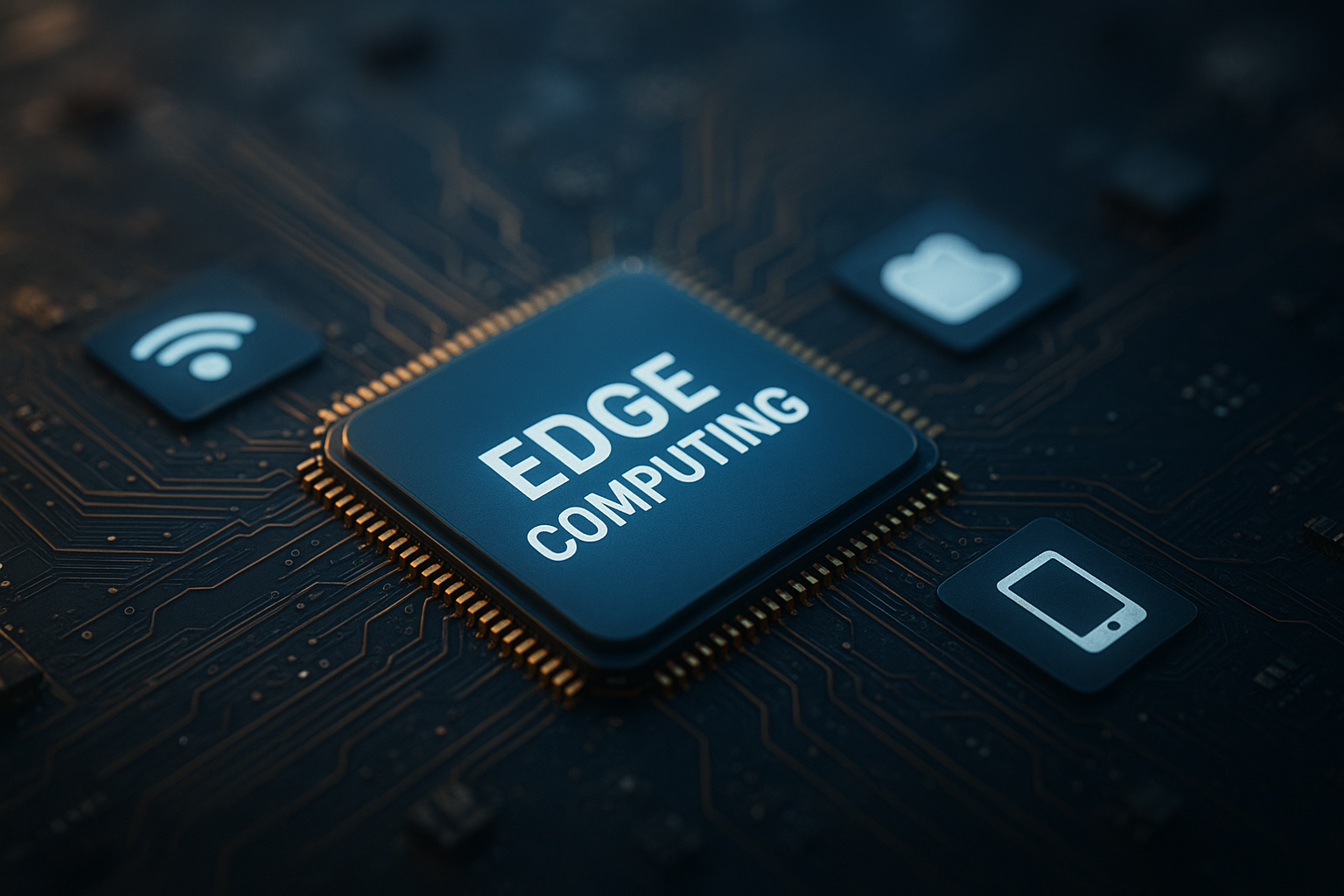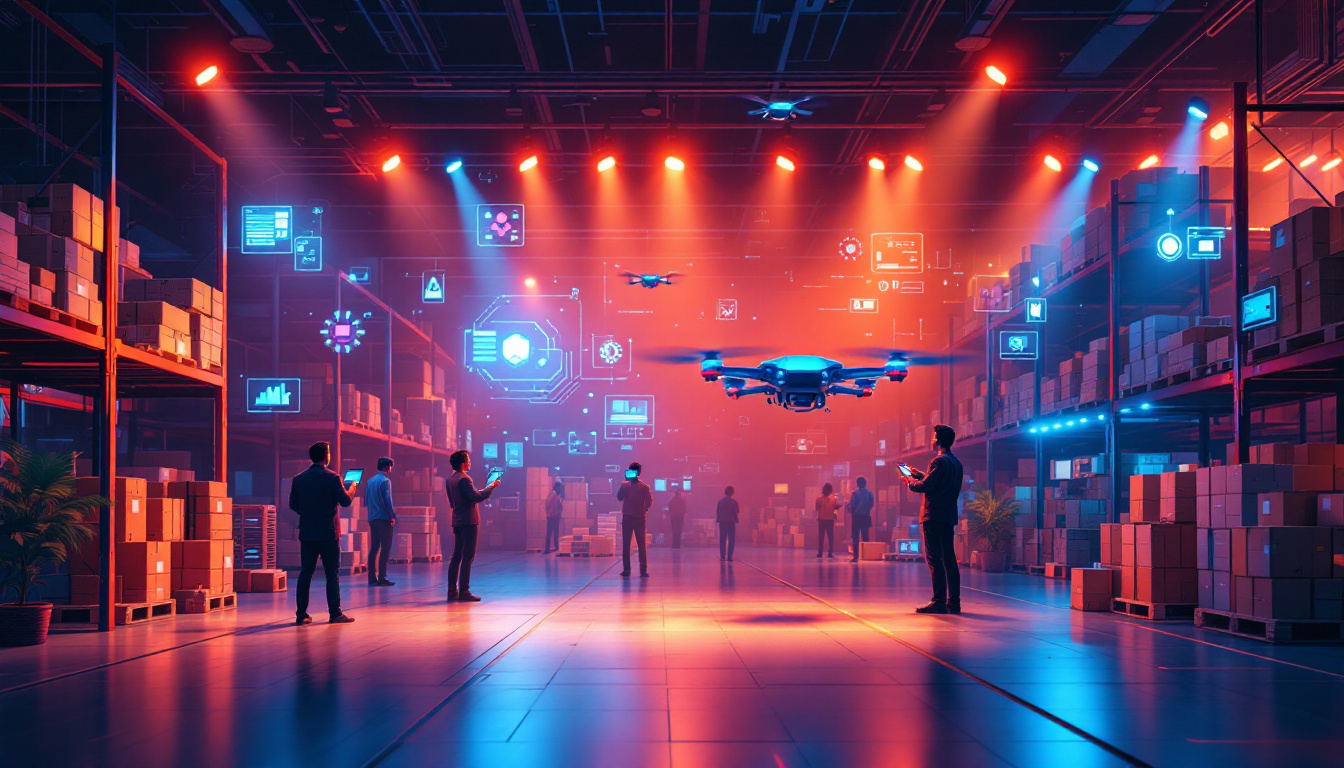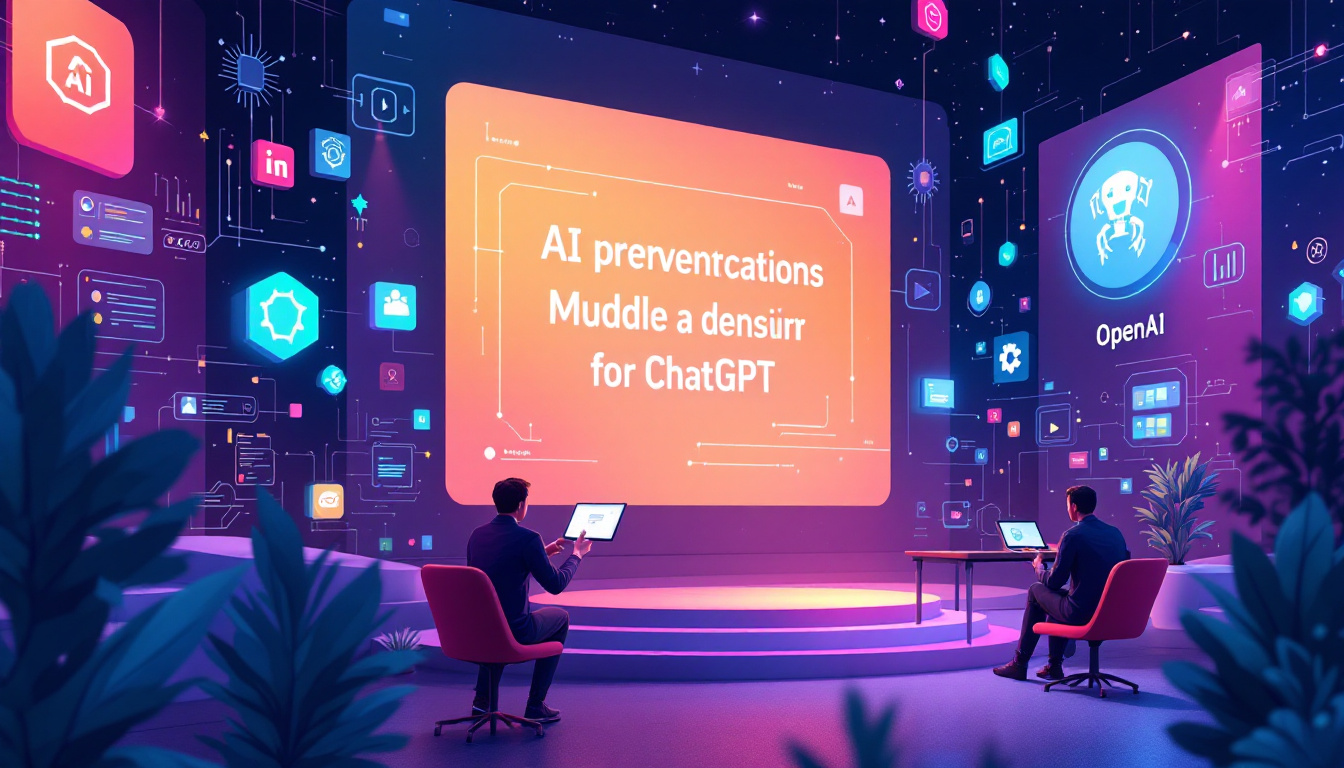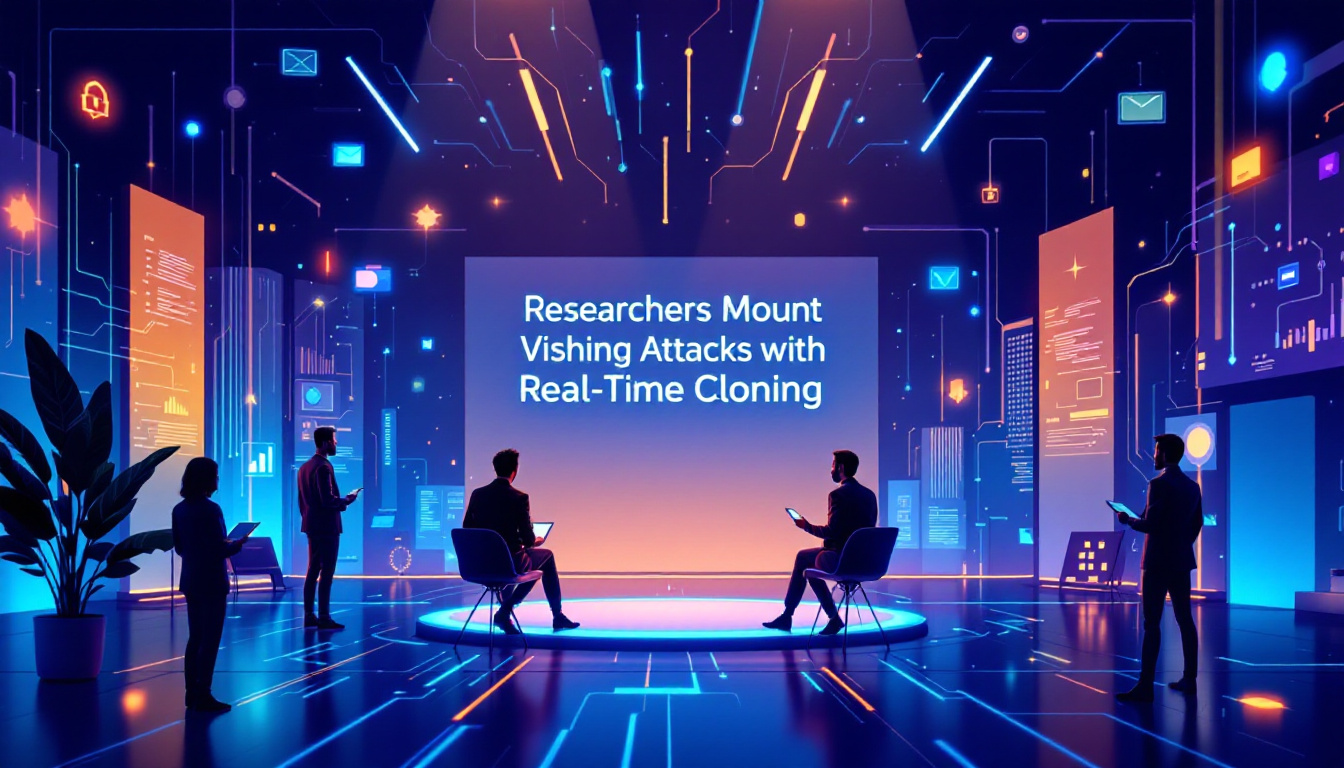Edge Computing: What It Means for the Future of IoT Devices
The Internet of Things (IoT) has transformed how we interact with the world around us, connecting everyday devices to the internet for smarter, more efficient operations. However, as IoT continues to expand, traditional cloud computing faces challenges such as latency, bandwidth limitations, and data security concerns. Enter edge computing—a paradigm shift that addresses these issues and promises to redefine the future of IoT.
What Is Edge Computing?
Edge computing refers to the practice of processing data closer to its source, rather than relying solely on centralized cloud servers. By decentralizing data processing, edge computing minimizes latency, reduces network congestion, and enhances real-time decision-making. This approach is particularly critical for IoT devices, which often require immediate responses and operate in bandwidth-constrained environments.
Why Edge Computing Matters for IoT
Edge computing is more than just a technological buzzword—it addresses key challenges in IoT deployment and scalability. Here are some of the main reasons why edge computing is vital for IoT:
- Reduced Latency: By processing data locally, edge computing ensures faster response times, which is crucial for applications like autonomous vehicles and smart manufacturing.
- Improved Bandwidth Efficiency: Instead of sending raw data to the cloud, edge devices can filter and process essential information, reducing bandwidth usage.
- Enhanced Security: Localized data processing minimizes the risks associated with transmitting sensitive data over public networks.
- Scalability: Edge computing supports the growth of IoT ecosystems by enabling efficient deployment of thousands or even millions of devices.
Real-World Applications of Edge Computing in IoT
Edge computing is already paving the way for innovative IoT applications across various industries:
- Healthcare: Wearable devices can process patient data in real time at the edge, enabling faster diagnosis and personalized care.
- Retail: Smart shelves and inventory systems use edge computing to track stock levels and customer behavior, improving operational efficiency.
- Smart Cities: Traffic management systems and environmental sensors rely on edge computing for real-time data analysis and decision-making.
- Industrial IoT: Factories leverage edge computing for predictive maintenance and optimizing production lines.
- Agriculture: IoT-enabled farming equipment uses edge computing to monitor soil conditions and automate irrigation systems.
Challenges of Edge Computing in IoT
Despite its advantages, edge computing comes with its own set of challenges:
- Hardware Limitations: Edge devices often have limited processing power and storage capacity compared to cloud servers.
- Security Concerns: While edge computing reduces data transmission risks, securing edge devices from physical tampering and cyberattacks remains critical.
- Interoperability: Ensuring seamless communication between edge devices from different manufacturers can be complex.
FAQ: Edge Computing and IoT
What is the difference between edge computing and cloud computing?
Cloud computing centralizes data processing in remote data centers, while edge computing processes data locally, closer to the source.
Can edge computing work without cloud computing?
Edge computing often complements cloud computing rather than replacing it entirely. While edge handles immediate data processing, cloud systems provide long-term storage and analytics.
How does edge computing improve IoT device performance?
By reducing latency and bandwidth usage, edge computing enables IoT devices to operate faster and more efficiently, especially in real-time applications.
Conclusion
Edge computing is set to revolutionize the IoT landscape, tackling challenges like latency, bandwidth, and security while enabling faster, smarter, and more scalable device operations. As industries continue to innovate, adopting edge computing will be critical for unlocking the full potential of IoT and driving the future of connected technologies.



